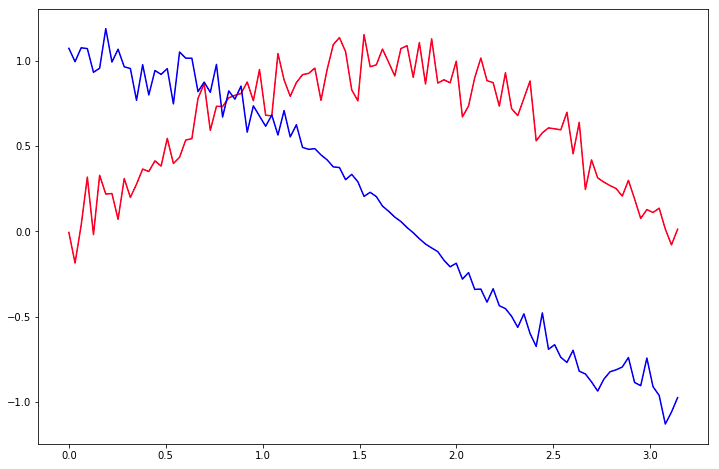Permutation tests
Foundations of Inference in Python

Paul Savala
Assistant Professor of Mathematics
Permutation tests

Permutation tests
- Shuffles samples
- Observes outcome
- Observed difference looks like a random outcome?

Permutation tests in SciPy
new_satisfaction = [94, 85, 79, 91, 82] old_satisfcation = [90, 87, 77, 85, 82]# Group together our data data = (new_satisfaction, old_satisfcation)# Define our test statistic def statistic(x, y): return np.mean(x) - np.mean(y)# Compute a permutation test for the difference in means stats.permutation_test(data, statistic, n_resamples=1000, vectorized=False, alternative='greater')
Permutation tests for correlation

stats.pearsonr(red_data, blue_data)[0]
0.08
Permutation tests for correlation
data = (red_data, blue_data)def statistic(x, y): return stats.pearsonr(x, y)[0]res = stats.permutation_test(data, statistic, n_resamples=1000, vectorized=False, alternative='two-sided')print(res.pvalue < 0.05)
False
Permutation tests
- Build a null distribution by randomly shuffling data
- Tests for significance of an outcome
Bootstrapping
- Build a probability distribution by randomly sampling data
- Creates a confidence interval showing most likely outcomes
Let's practice!
Foundations of Inference in Python

